Chicagoisms, at the art institute, explores the city’s progressive urban design and enlists architects’ riffs on the city’s future.
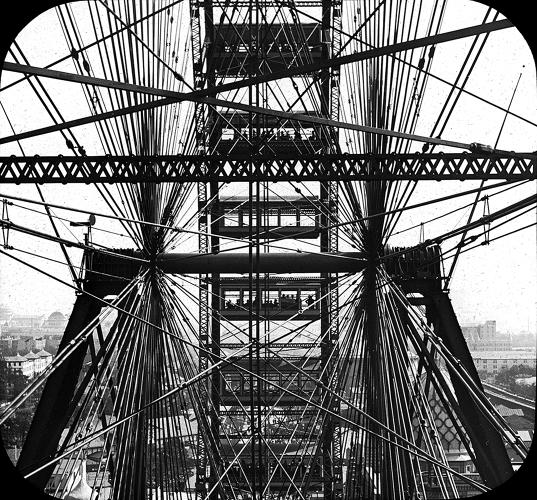
THE CHICAGO HISTORY MUSEUM
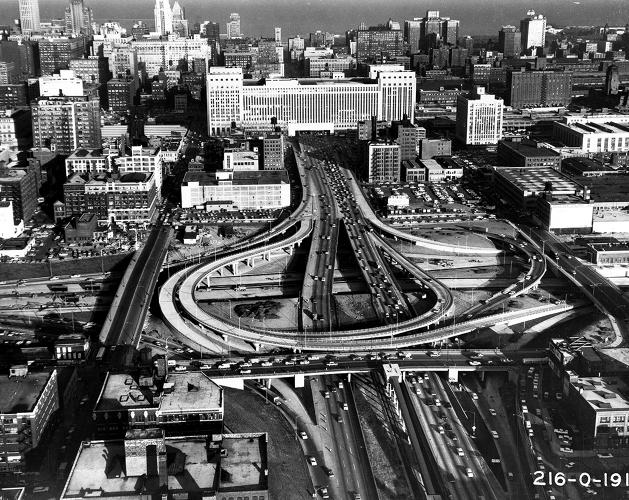
THE CHICAGO HISTORY MUSEUM
Chicago, where the modern skyscraper was invented, was once a hotbed of urban and architectural innovation. It’s a city that reversed the flow of an entire river to deal with its sewage issues, and drastically altered its shoreline by building thousands of acres of landfill in Lake Michigan.
Chicagoisms, on view at the Art Institute of Chicago, explores the city’s progressive urban experiments, both successful and unsuccessful, and considers contemporary approaches to future innovation. The exhibition is “a call for architecture and urbanism to once again dream big, even if those dreams turn into nightmares,” explains architectural theorist Alexander Eisenschmidt, who, along with art historian Jonathan Mekinda, invented the notion of Chicagoisms.
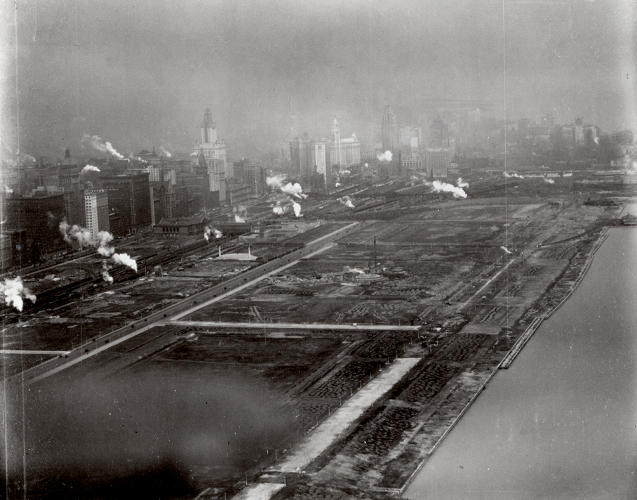
THE CHICAGO HISTORY MUSEUM

THE CHICAGO HISTORY MUSEUM
The exhibition features nine contemporary architecture firms, each riffing off the concept of “Chicagoisms” detailed in Eisenschmidt and Mekinda’s book of the same name. The Chicagoisms are five different principles that the two University of Illinois at Chicago scholars see as driving the city. Embodied by historical examples, they include: Vision Shapes History (the city’s desire to rewrite its own history), Optimism Trumps Planning (behemoth endeavours like Merchandise Mart, once the largest building in the world), Ambition Overcomes Nature (the reversing of the Chicago river), Technology Makes Spectacle (the debut of the world’s first Ferris wheel at the 1893 World’s Columbian Exposition) and Crisis Provokes Innovation (the construction boom after the Chicago Fire.)

THE CHICAGO HISTORY MUSEUM
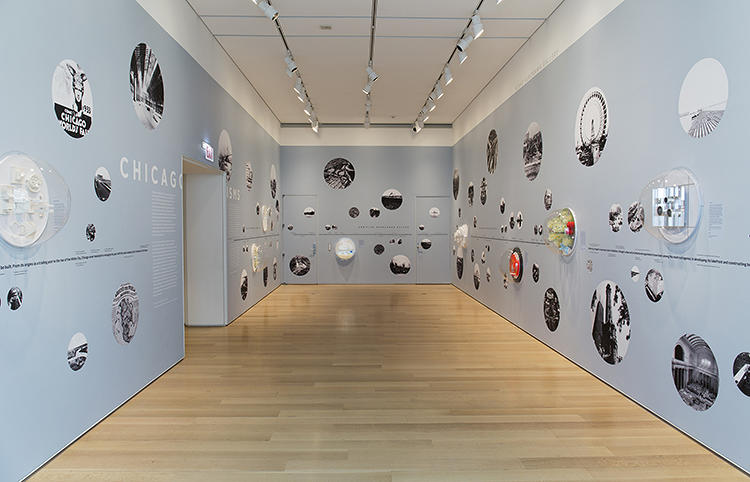
ART INSTITUTE OF CHICAGO
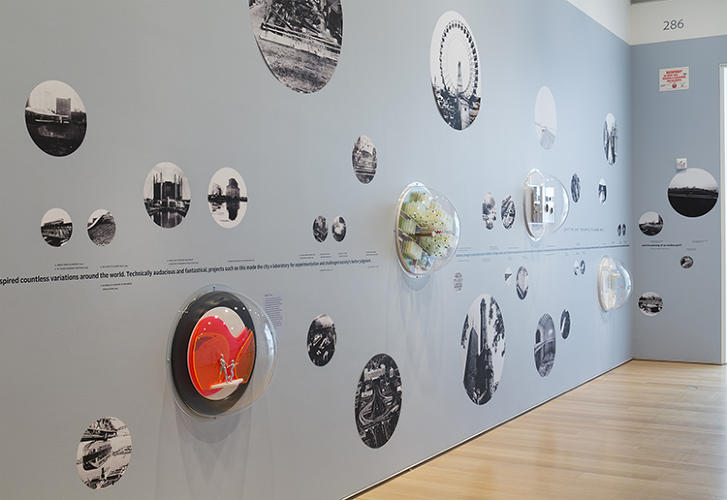
ART INSTITUTE OF CHICAGO
“Many of the projects we are drawing attention to, we recognise as failures,” Mekinda notes, like Chicago public housing or the Circle Interchange, one of the country’s worst traffic bottlenecks. But they do get at a spirit of bold experimentation that shaped the city and generated such movements as the Chicago School of architecture (both the first, typified by Louis Sullivan and Daniel Burnham, and the Second Chicago School, founded on the work of Mies van der Rohe).
From our partners:
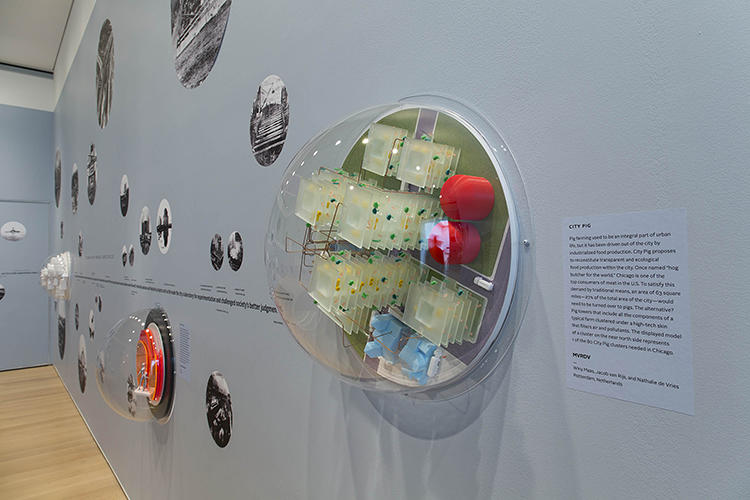
ART INSTITUTE OF CHICAGO
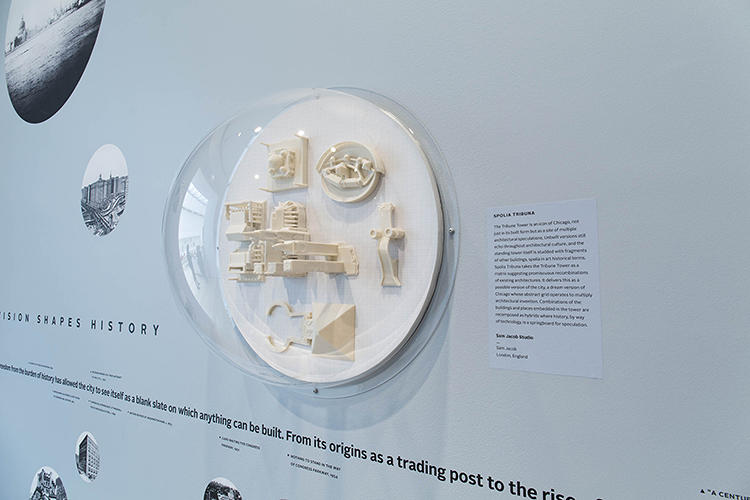
ART INSTITUTE OF CHICAGO
Architects from Bureau Spectacular, DOGMA, MVRDV, Organization for Permanent Modernity, PORT, Sam Jacob, UrbanLab, Weathers and WW created 3-D architectural models to embody contemporary versions of the Chicagoisms. The result are fanciful urban dreams, such as vertical pig farms, new energy systems, a 10,550-mile aqueduct topped with public space and a Lake Shore Drive that has been moved eastward into what is currently Lake Michigan. “Simultaneously exploring the attitudes that made the city while offering views of possible futures, this exhibition aims to revive Chicago’s constructive potential and spark a renewed boldness to engage the city today,” Eisenschmidt and Mekinda write by way of introduction to Chicagoisms.
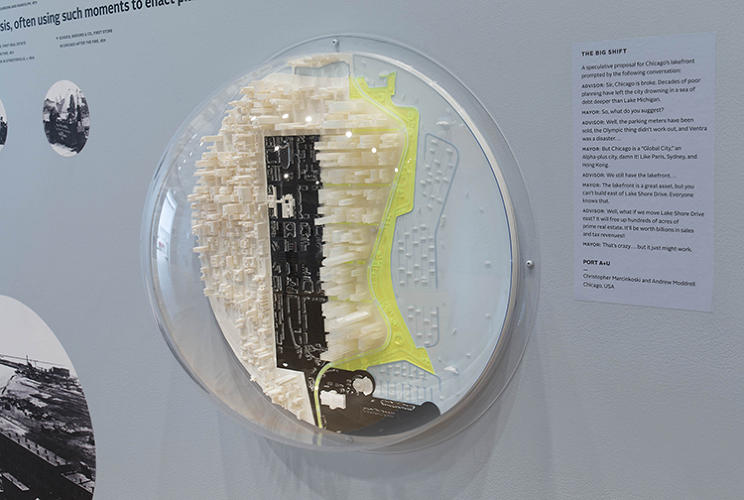
ART INSTITUTE OF CHICAGO
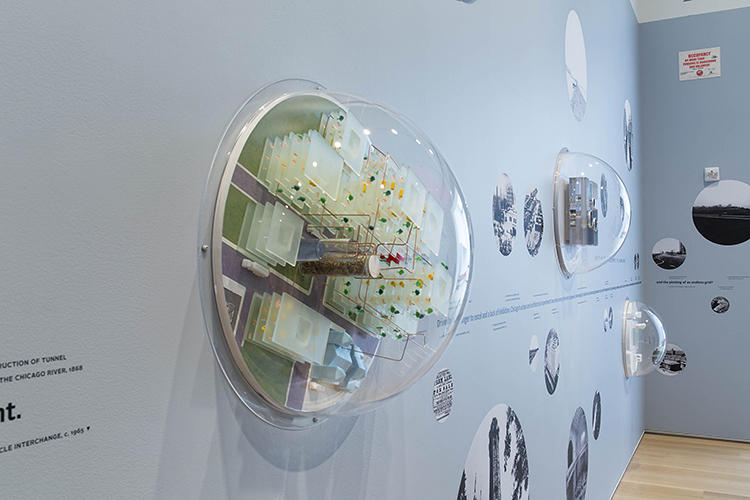
ART INSTITUTE OF CHICAGO













